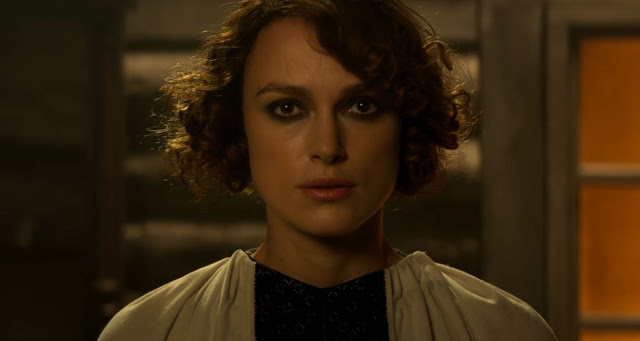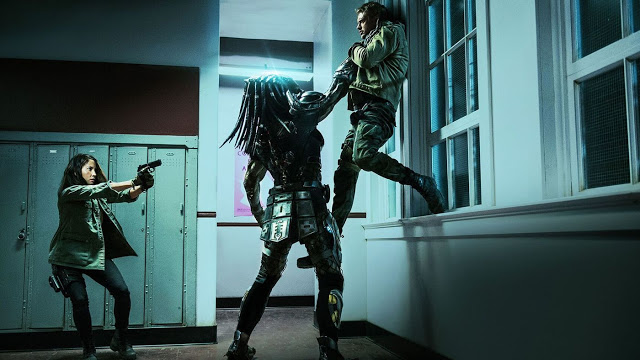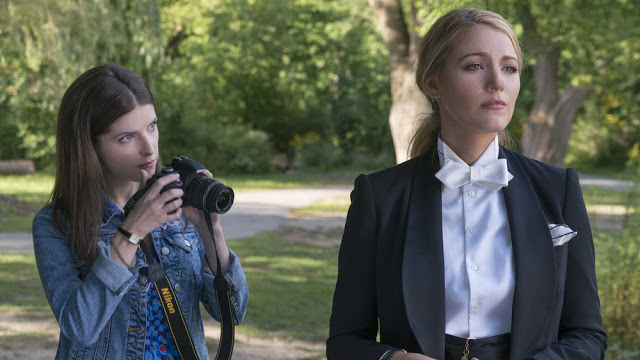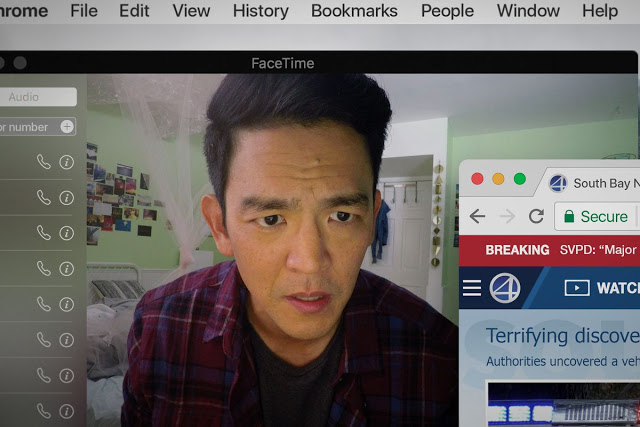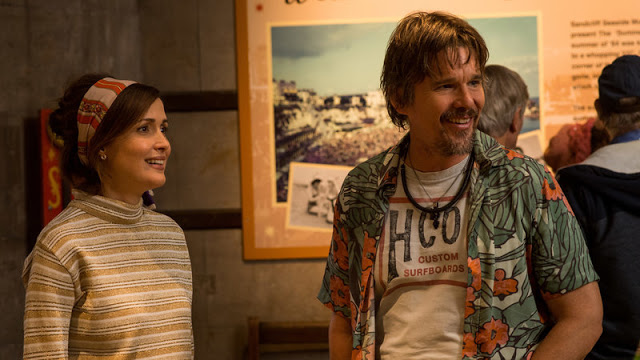Colette: Carnal Explorations, with a Parisian Gloss
Early in Colette, the entrepreneur Henry Gauthier-Villars—better known as Willy, his nom de plume—lays out his plan to publish a wildly popular novel. He conceives of an epic work that’s both refined and ribald, literate enough to appeal to highbrows but sufficiently tawdry to intrigue “the unwashed masses”. Then he pauses, musing, “Maybe it’s the other way around.”
He might be onto something. The issue endemic to many period pieces—this one opens in 1892 and spans roughly 15 years—is a surfeit of gentility, and a corresponding lack of vulgarity, like a catered dinner party with no spice and no impudent conversation. Colette plainly has the handsomeness part of the equation down pat, sporting a luxuriant score, ravishing costumes, and fluid camerawork. What surprises and enchants about this movie, which was directed by Wash Westmoreland from a script he wrote with Richard Glatzer (his late husband) and Rebecca Lenkiewicz, is how breezily entertaining it is. Colette is elegant, yes, but it is also funny, sexy, angry, and even a little bit naughty. To paraphrase Gordon Gekko: Gauche is good. Read More

